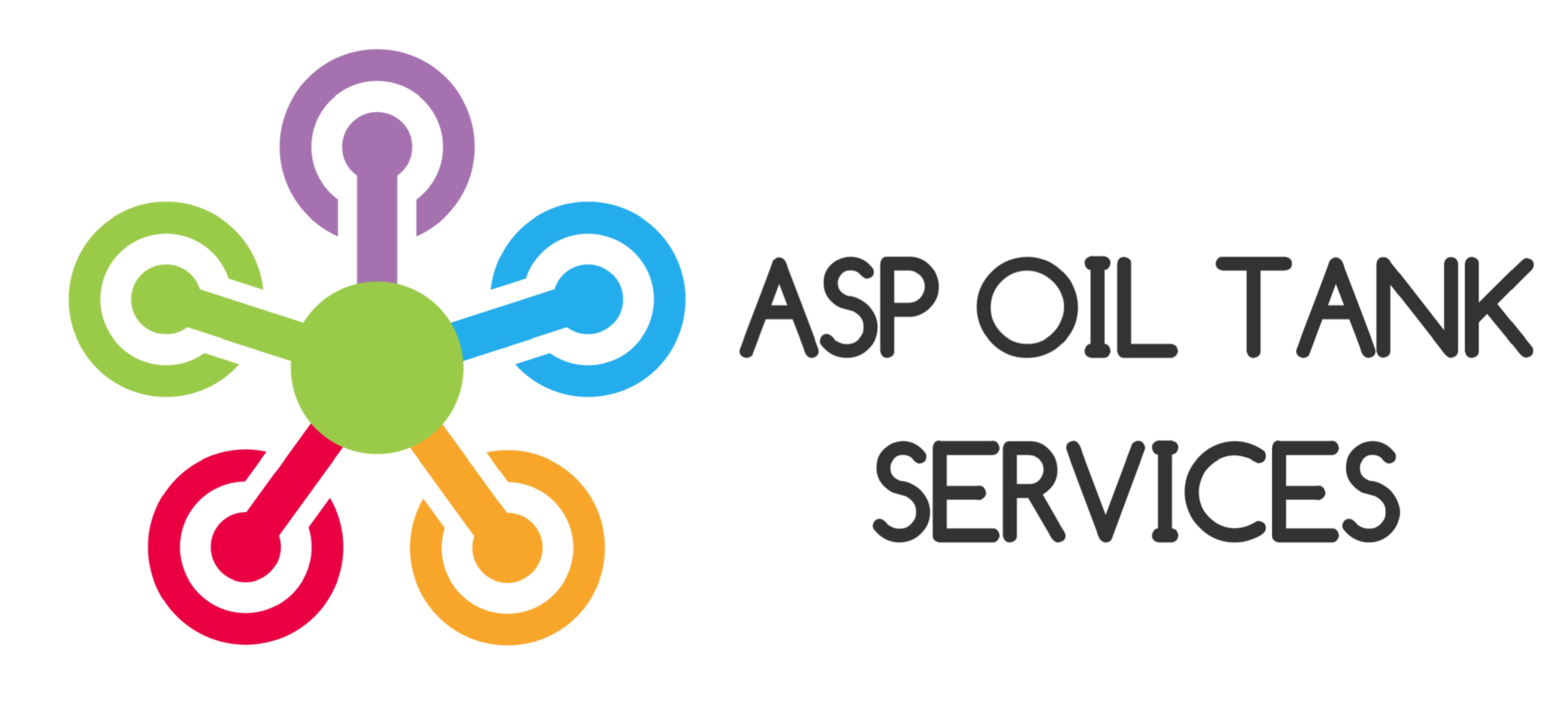EXISTING AND NEW OIL TANK INSTALLATIONS



Our fully qualified and accredited OFTEC engineers ensure that your new oil tank is correctly installed in the best available space to suit you, in accordance with current legislation and best practice. For further advice on current requirements, OFTEC’s free downloadable consumer guide for oil storage is available. The OFTEC advice sheet covers all the current legal requirements on placement of your replacement or new oil tank.
Our aim is to replace your oil tank with minimum disturbance, at a cost that is affordable. We take away all waste materials, leaving everything in good working order and the area at least as clean and tidy as we found it.
Oil Tank Servicing
If you have a steel tank, our engineer may advise you on the need to paint it to prevent corrosion.
Oil Tank Bunds and Secondary Containment
- Over 2500 litres – it must have secondary containment (bunding)
- Up to 2500 litres – it may need bunding depending on the outcome of an individual site pollution risk assessment. A single skin tank would only be allowed where there is no risk of oil reaching for example, a watercourse, water extraction point or aquifer after a release of oil from the tank.
Our OFTEC-registered tank installer will undertake a fire and pollution risk assessment and advise on the type of tank most suitable for an installation.
A bund (or catchpit) is a secondary containment system designed to prevent fuel lost from the tank escaping into the environment. Bunds may be constructed from masonry or concrete to contain a single-skin oil storage tank and must be able to hold at least 110% of the tank’s contents should a leak or overspill occur. Integrally bunded oil storage tank systems are available and are a practical solution.
Oil Storage Tanks and Bases
- concrete at least 100mm thick
- paving stones at least 50mm thick
- stonework at least 50mm thick
The overall size of the base should be larger than the oil storage tank and any integral oil storage tank bund, so that when the oil storage tank is installed, the base has a clear projection of a minimum of 300mm around all sides of the oil storage tank.
It is important to give domestic oil storage tanks, whether of steel or plastic, stable bases and supports. This makes them safe and will protect the environment.
If an oil storage tank is inadequately supported the oil storage tank itself can be weakened leading to the eventual failure of the oil storage tank and escape of the stored fuel. During the life of an installation, an oil storage tank base will need to provide continual structural support even though ground conditions may alter from season to season and year to year.
How to know when to replace your oil tank?
- Your Oil Tank and pipework has not had an annual inspection;
- Signs of corrosion or degradation is observed. This includes: oil staining, rust, discolouration, or cracks on the surface;
- Your oil tank has been damaged;
- There are signs of distortion or bulging;
- The oil tank is overgrown with vegetation;
- There are any changes in the oil tank’s supporting structure or base;
- There are signs of oil staining on the tank, supports or surrounding ground;
- Your contents or level gauge is not working correctly;
- Your tank is over 20yrs old.
If you are not sure about anything to do with your oil tank – ASP’s qualified and friendly OFTEC engineers are here to help you work out how best to proceed.
Oil Tank Installation Services
- Full survey and planning for oil tank base and supporting walls;
- Preparation and construction of base, fire walls and concrete bunds where required;
- Checking of existing or supply of new oil line/pipe from the oil tank to the boiler;
- Install necessary filters, valves etc;
- Testing and bleeding of the system before the boiler is fired up (including a free boiler service if requested);
- Licensed safe disposal of all waste oil and old tanks;
- Annual oil tank and base inspection.